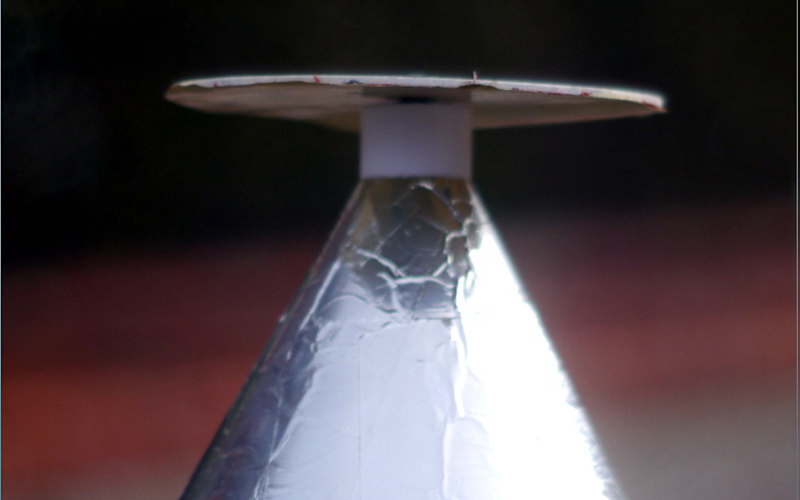The content below is taken from the original ( 3D Printed Antenna is Broadband), to continue reading please visit the site. Remember to respect the Author & Copyright.
Antennas are a tricky thing, most of them have a fairly narrow range of frequencies where they work well. But there are a few designs that can be very broadband, such as the discone antenna. If you haven’t seen one before, the antenna looks like — well — a disk and a cone. There are lots of ways to make one, but [mkarliner] used a 3D printer and some aluminum tape to create one and was nice enough to share the plans with the Internet.
As built, the antenna works from 400 MHz and up, so it can cover some ham bands and ADS-B frequencies. The plastic parts act as an anchor and allow for coax routing. In addition, the printed parts can hold a one-inch mast for mounting.
Generally, a discone will have a frequency range ratio of at least 10:1. That means if the lower limit is 400 MHz, you can expect the antenna to work well up to around 4 GHz. The antenna dates back to 1945 when [Armig G. Kandoian] received a patent on the design. If you want to learn more about the theory behind this antenna, you might enjoy the video, below.
You often see high-frequency discones made of solid metal, or — in this case — tape. However, at lower frequencies where the antenna becomes large, it is more common to see the surfaces approximated by wires which reduces cost, weight, and wind loading.
As an example, we looked at an antenna made from garden wire. Perhaps the opposite of a discone is a loop antenna which works only on a very narrow range of frequencies.





